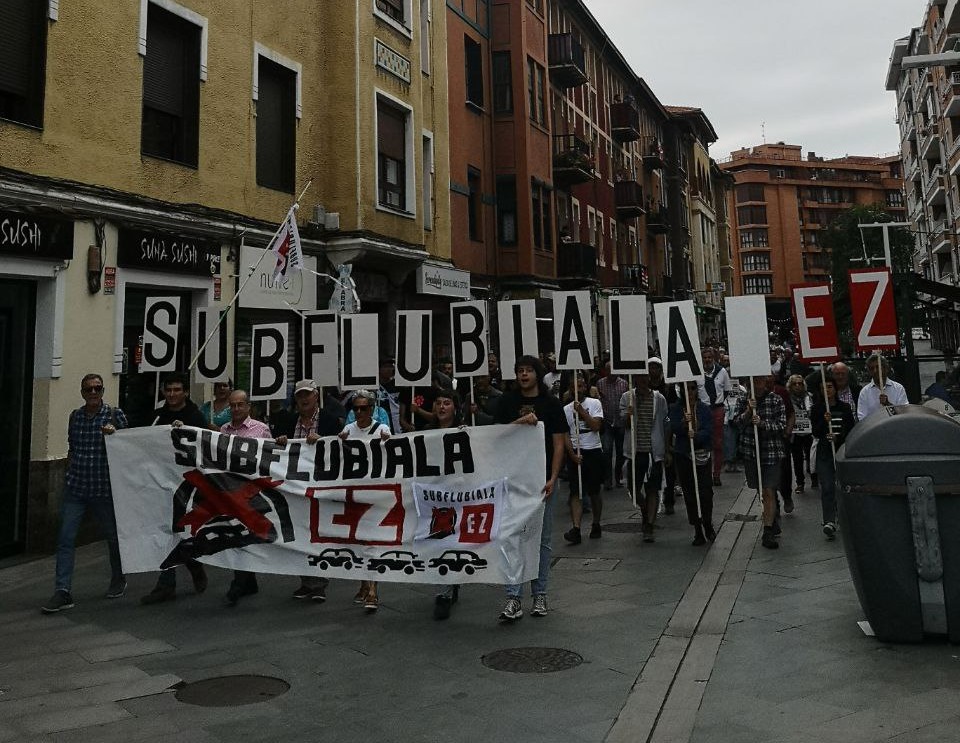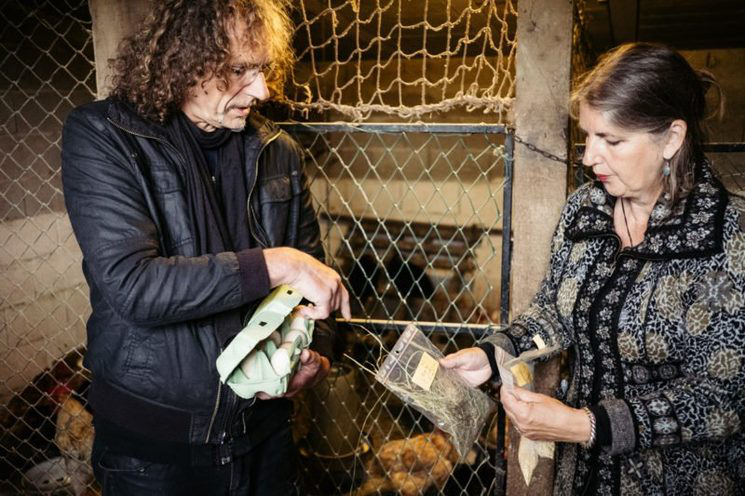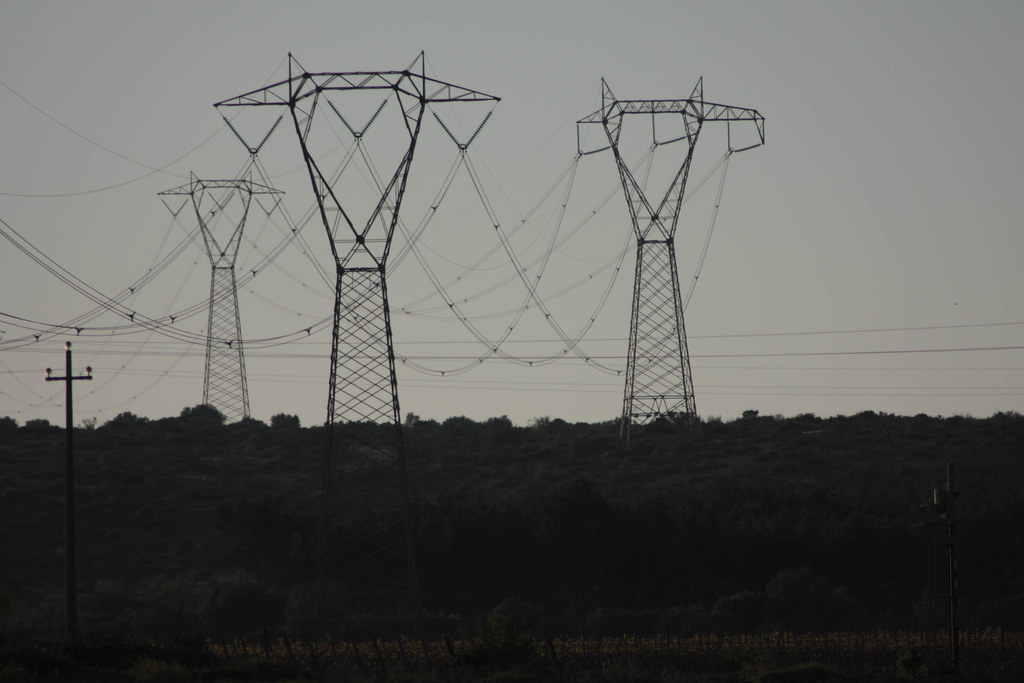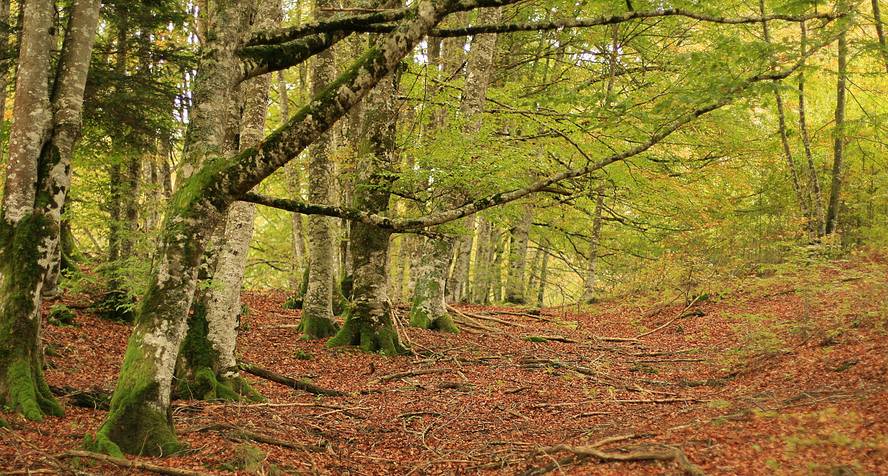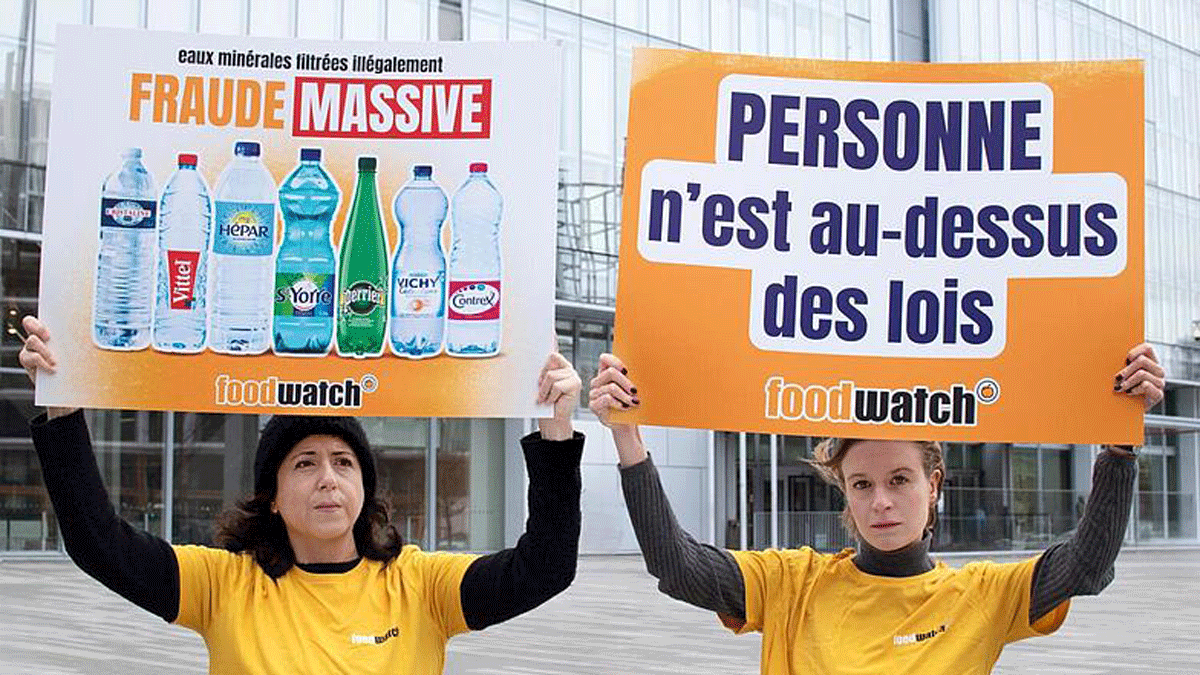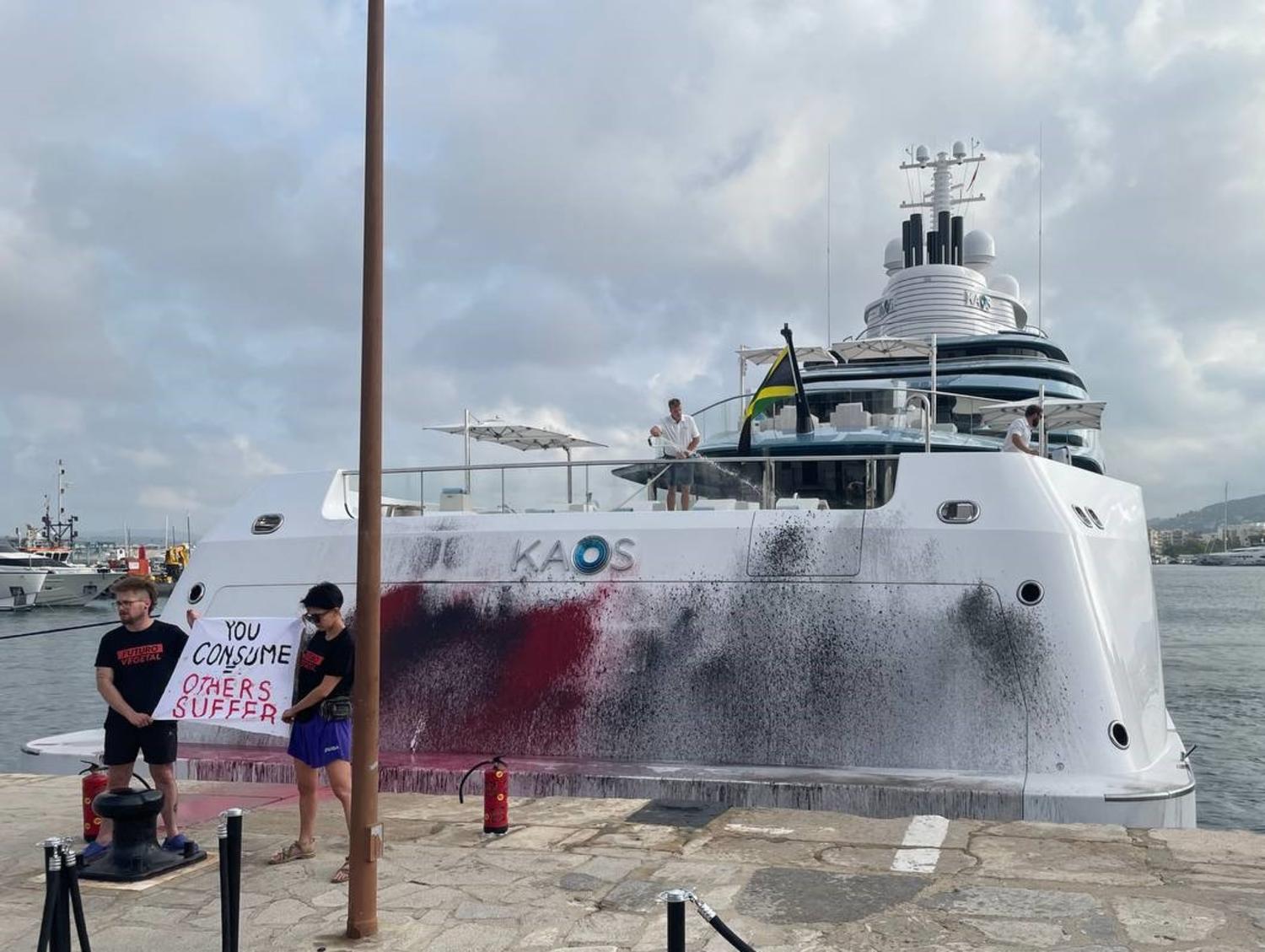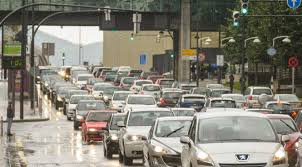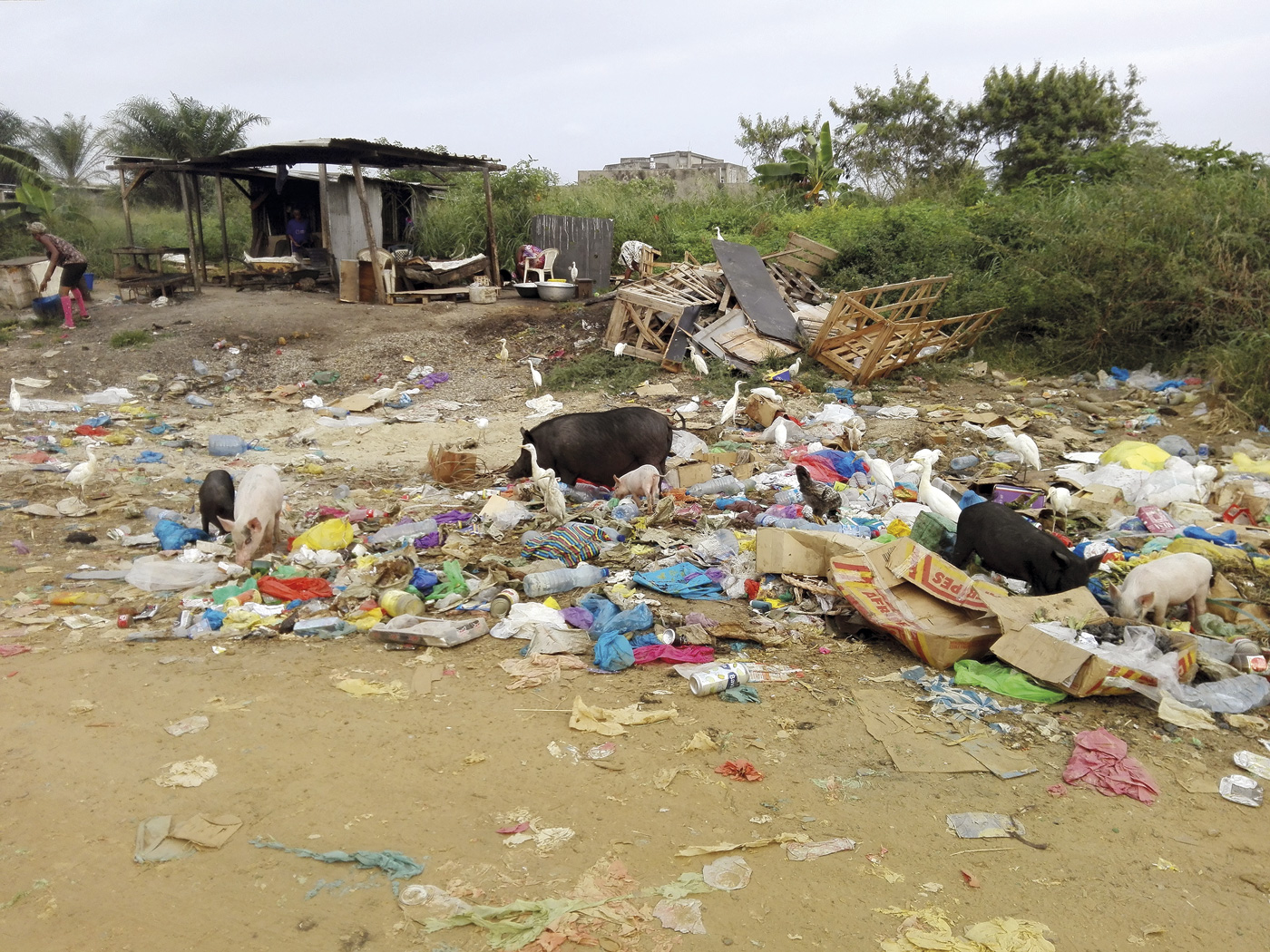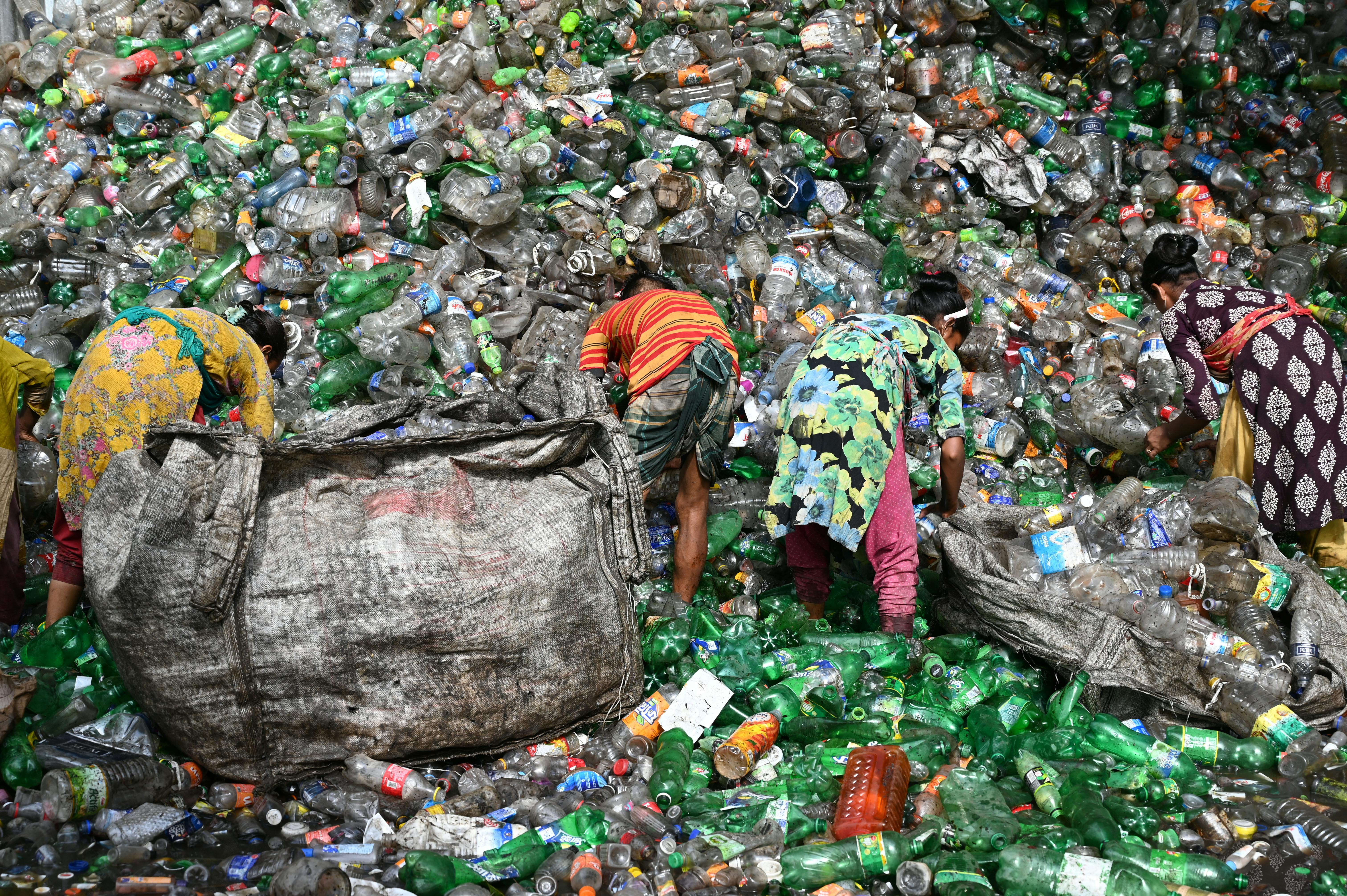Reception of pellets and microplastics, usual task for 'Mater'
- It has been collecting marine waste around the Basque coast for over 20 years, such as pallets and microplastics. He warns that plastic pellets have not yet reached our destination, but they can reach "at any time."

By the end of 2023 thousands of plastic pellets arrived on the Galician coast, as on 8 December a ship lost cargo in the Portuguese sea. It has not yet been demonstrated that these new pallets of that spill reach the Basque coast, but the Mater Museum of Ecoactive Vessels warns that they can reach any time. Despite being a topical issue, for Mater’s “it’s not new news”, as they have been working on it for years, they have spent more than 20 years collecting marine waste surrounding the Basque coast.
They've targeted data. With the Seabin Pasaia project in Mater, over 1.8 million microplastics have been collected in the last three years, of which more than 90,000 have been pallets. The concentration of microplastics is studied on the Gipuzkoan beaches through the Erronka Marine Residue Educational Project. About 400 young people participate in this project.
“To the surprise of some people, the Gulf of Bizkaia is no exception to the plastification of the oceans. The first references date back to the end of the 1990s and some of their contributions include the Gulf of Bizkaia as a dead end. This is due to special physical oceanography, high river concentration and population density.” Thus, according to this study, the coastal waters of the southeastern Gulf of Bizkaia are “a hot spot” of plastics and microplastics.
Mater recalls that these microplastics are “dangerous” to biodiversity and human health: “Toxic chemical additives in the material, pathogens and other toxic substances that absorb the environment make microplastics one of the largest sources of marine pollution. Marine fauna ingests these particles, conditioning their food and promoting starvation, so people enter the trophic chain we are part of. We ingest 5 kilograms of plastic a week, eating, drinking or breathing, through foods that can cause hormonal changes, diseases and other negative health effects,” they add.
Citizens are advised not to go to the beaches “to avoid burying the pissed sticks”.
Energiaren Nazioarteko Agentziak (IEA) astelehenean argitaratutako txostenaren arabera, %2,2 igo da energia eskaria 2024an aurreko urtearekin alderatuta, besteak beste, egiturazko arrazoi hauengatik: beroari aurre egiteko argindar gehiago erabili beharra, industriaren kontsumoa... [+]
Kutsatzaile kimiko toxikoak hauteman dituzte Iratiko oihaneko liken eta goroldioetan. Ikerketan ondorioztatu dute kutsatzaile horietako batzuk inguruko hiriguneetatik iristen direla, beste batzuk nekazaritzan egiten diren erreketetatik, eta, azkenik, beste batzuk duela zenbait... [+]
Lurrak guri zuhaitzak eman, eta guk lurrari egurra. Egungo bizimoldea bideraezina dela ikusita, Suitzako Alderdi Berdearen gazte adarrak galdeketara deitu ditu herritarrak, “garapen” ekonomikoa planetaren mugen gainetik jarri ala ez erabakitzeko. Izan ere, mundu... [+]
Ur kontaminatua ur mineral eta ur natural gisa saltzen aritu dira urte luzeetan Nestlé eta Sources Alma multinazional frantsesak. Legez kanpoko filtrazioak, iturburuko ura txorrotakoarekin nahasi izana... kontsumitzaileen osagarria bigarren mailan jarri eta bere interes... [+]
Greenpeaceko kideak Dakota Acces oliobidearen aurka protesta egiteagatik auzipetu dituzte eta astelehenean aztertu du salaketa Dakotako auzitegiak. AEBko Greenpeacek gaiaren inguruan jasango duen bigarren epaiketa izango da, lehenengo kasua epaile federal batek bota zuen atzera... [+]









